
GPT-5: The Groundbreaker or Job-Stealer? Separating Fact from Fiction
Is GPT-5 a revolutionary AI or a job-killer? Explore the truth behind the hype.

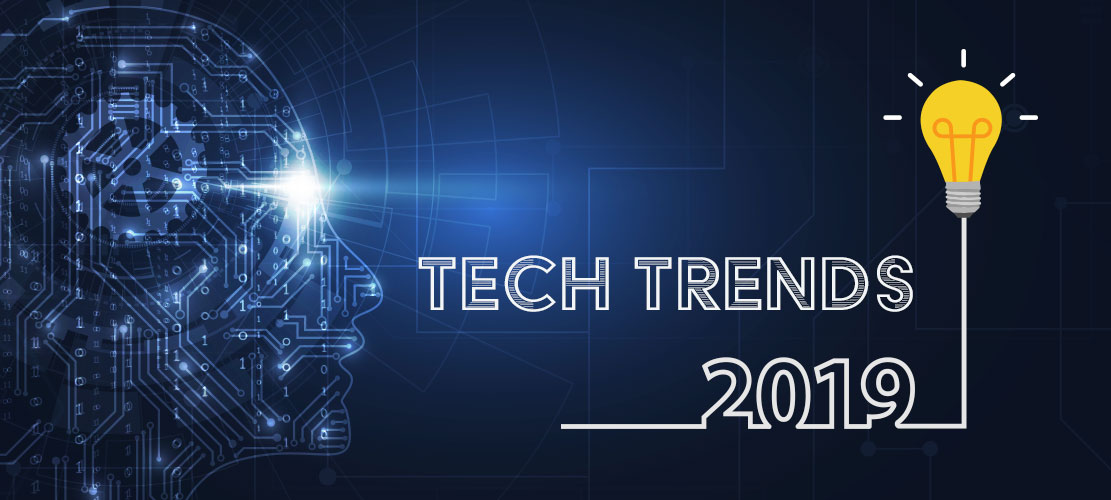
Tech trends change rapidly every year. What are the tech trends of 2019 compared to 2018?
The year 2018 has passed by swiftly with many advances in technology, promising new potential and breaking more limits than ever. Let’s go through and review the main tech trends of 2018 and look forward to the new tech trends of this year, 2019.
So firstly, what exactly is Artificial Intelligence (AI)? In simpler terms, AI is a collection of advanced technologies that teaches machines to learn and make reasoned decisions. This can be anything from how to act, what to say, to how to figure out the rules of a game like chess.
Since technology is advancing at an incredible speed, any business that understands AI’s potential should clearly know its impact. Research has been done and articles have been written regarding AI and its possibility of replacing the human workforce, as well as other articles guaranteeing that such a future won’t happen after all. Yet, no one can deny the increase in work efficiency and consistency of quality, along with other benefits that AI can offer for any business and society.
Talking about Extended Reality, we have to talk about the 3 stages: Virtual Reality (VR), Augmented Reality (AR), and Extended Reality (XR).
VR enhances a user’s real-world experience using a virtual environment, commonly through headset and controllers, which aid the user in exploring the virtual space and interacting with the virtual world. AR allows digital objects to be projected into the real world, allowing physical contacts to the world of digital, connecting the digital and physical worlds.
XR blurs out the line between the real world and the digital/simulated world through means like audio, visuals, and other tools. XR is the combination of both VR and AR.
As distance is closing in, especially in the Technology world, businesses should also expand possibilities to create new ways the bypass the distance and show their users a whole new world of virtual experience. Through XR, companies can showcase all their potential and push their limits, maximizing their relevance to the customers’ world.
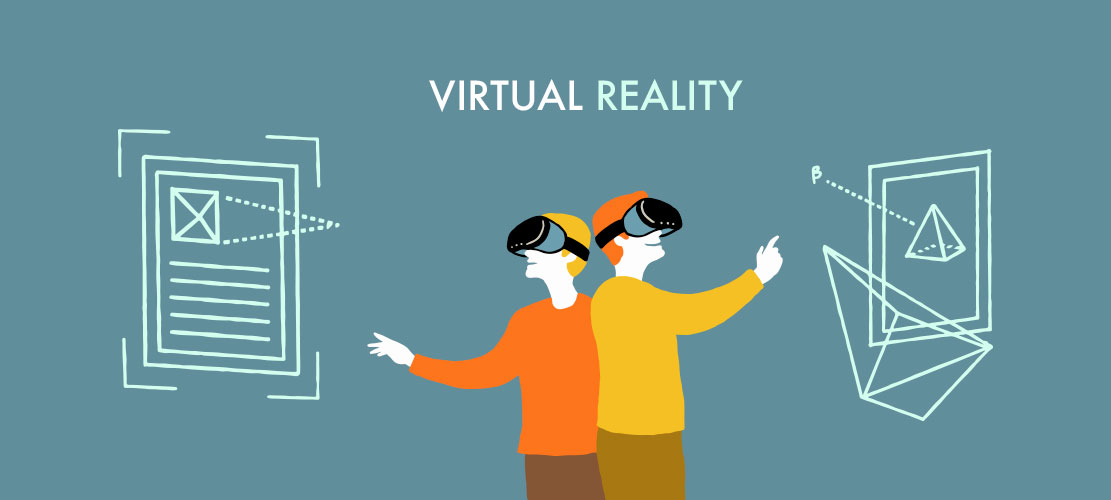
Data is the root of many systems, software, and databases, as well as the core of many companies, instructing data-driven business decisions to sustain growth. This results in the need for data security and more importantly, veracity of data – whether data is truthful, accurate, or not. This can result in major challenges of any business.
To ensure data veracity, we go through 3 steps of data verification: Provenance (to verify the data life cycle), Context (how is the data used and what is it for), and Integrity (how is the data being secured and maintained).
To make sure that all data-driven decisions/influences are solid, data veracity is one of the most important factors since it directly affects the growth and insight of a business.
To expand your business is usually to expand your network, which includes partnerships. And to forge partnerships faster and easier, a micro-service architecture is often used. Businesses are adopting microservices architecture, blockchain and smart contracts as foundation to build stronger technology-based partnerships, a must have for scaling up. Outdated, traditional legacy systems are becoming lackluster to support this system of partnerships.
Start building your future partnership structure using technology from today. In order to keep up with the large scale of partnerships, businesses are encouraged to reshape their business to create and manage large-scaled partnerships through technology-based support. This results in a bigger, stronger, more powerful digital ecosystem for partnerships.
When Internet of Things becomes too slow for the world, here comes a new term: The Internet of Thinking. So what exactly is the Internet of Thinking?
Firstly, what’s wrong with the Internet of Things? Yes, it might be useful and efficient, but it has no “thinking”, which influences learning and improvement. Meanwhile, the Internet of Thinking can gather insights and data inputs without a core cloud-based IT structure. This allows instant solutions without wasting time and resources for unneeded processes, and shortening the data analyzing duration.
By implementing Internet of Thinking into creating intelligent distributed systems, we can cut down on costs, while improving the experience and accelerating the response process without any data limit.
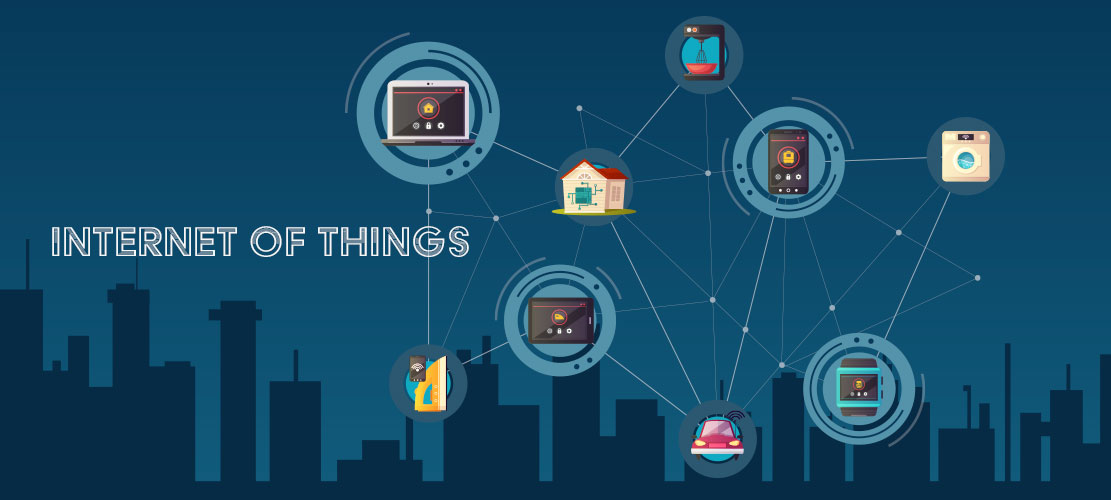
A successful 2018 leads us to believe that 2019 will be another fruitful year in the Technology world as well. But what Tech trend should we look out for this year?
D: Distributed Ledger Technology (DLT)
A: Artificial Intelligence (AI)
R: Extended Reality (XR)
Q: Quantum Computing
You probably have already heard of blockchain. Simply put, blockchain is a type of distributed ledger technology (DLT). In short, a distributed ledger is a database that exists across multiple locations, or among multiple participants, which is decentralized for intermediate access for validation and authentication.
DLT is usually used for data exchanges, with records stored in the ledger along with timestamps and a given unique cryptographic signature. This provides an auditable history of all information/data stored with high security confirmed. Companies use DLT to promote transparency and control all the information while minimizing transaction time. This can save businesses a lot of time and money, while increasing efficiency and automation.
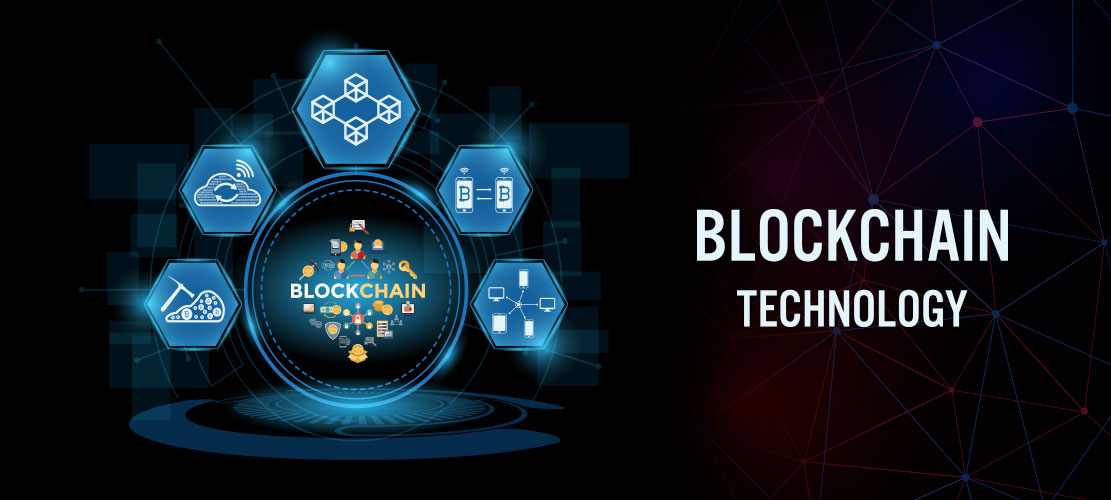
The attention on AI will probably never die down. Will machines ever truly be able to replace humans? Maybe, maybe not. But as of right now, businesses are adapting AI for multiple functions to increase consistency and speed while staying cost-efficient.
There is a reason why people love trial periods. With the growth of XR, customers can now experience more aspects of businesses on a more “real”, personal level. This creates new, immersive environments for businesses while providing on-demand and hands free information.
Quantum computing concentrates on developing computer technology based on quantum physics, which explains the nature and behavior of energy and matter on the quantum level (atomic and subatomic), to process information. Compared to current computers, a quantum computer can solve the most challenging problem in minutes, while it would take billions of years to solve it otherwise.
Quantum computing has to potential to solve some of the toughest challenges to date. By adapting quantum computing technologies, we can solve and make discoveries in many areas such as healthcare, energy, environmental systems, smart materials, plus more.
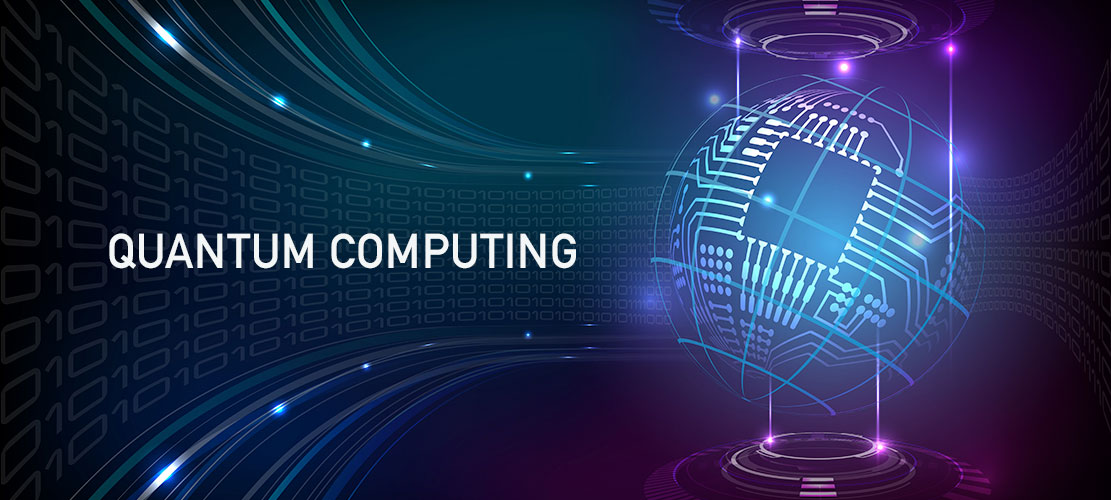
Is GPT-5 a revolutionary AI or a job-killer? Explore the truth behind the hype.
Are you excited about the upcoming trends in IT and software outsourcing? Let’s do the guessing in this article.
eCommerce technology trends are constantly evolving, but that doesn't mean they're hard to keep up with. Find out what will rule eCommerce industry by 2022.
Let’s create a competitive edge by applying these best IT outsourcing trends for your business.
Let’s make predictions about the latest software development trends for 2024. What will be hot and trendy next year? Let’s find out.



